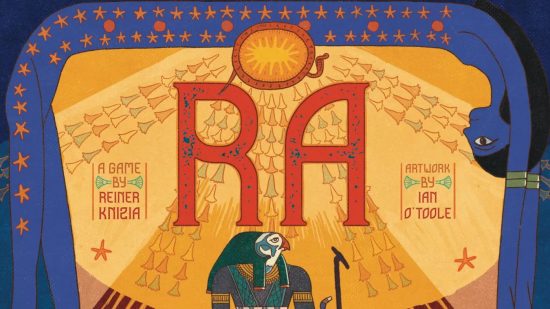It’s always hard to predict board gaming trends, says Reiner Knizia. For instance, publishers thought abstract games couldn’t sell before Blokus, co-op board games were considered unworkable before Pandemic or his own Lord of the Rings. And he himself once told Magic: The Gathering’s original creator, Richard Garfield, that his prototype card game didn’t have legs.
“Richard Garfield showed me the game before it was published,” Knizia tells Wargamer, with a self-deprecating smile. “I was visiting him and his wife in Seattle at the time and he showed me the game and I said: ‘Richard, this is not going to fly’.”
Of course, he was proven wrong when Magic: The Gathering spawned its own genre, grew to enormous size, and started making Wizards of the Coast a billion dollars a year.
Knizia adds that, despite being credited with designing more than 700 games, across a range of genres, trading card games is one area of board game design he can’t get his head around.
“I’m incapable of doing them. I’ve tried it once and the games were published – there’s the Lords series with Fantasy Flight,” he says, referring to Minotaur Lords and Scarab Lords, from the early 2000s. “But the feedback from Fantasy Flight was: your games are too balanced. They aren’t suitable for a CCG.”
“Because in a collectible card game you build the games and then you have lots of weaknesses and strengths which you can use in the metagame, and then in the next edition you fix these and introduce new- and so it keeps it going because you have to stay up with the technology, yes?” he adds.
“So I just need to understand that I cannot do it. And I hardly play them: I just lose.”
For more of our discussion with Knizia, designer of numerous board games, including Lost Cities, Tigris and Euphrates, and Medici, check out our article on why the mathematician-cum-board game maker may now be done with auction board games.
And don’t miss our breakdown of the best board games available in 2024.

